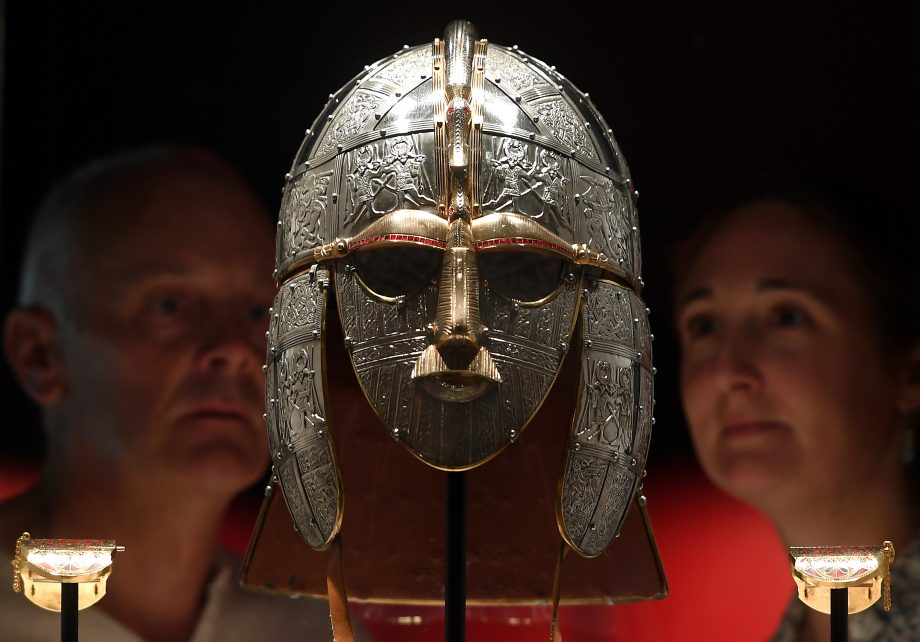The small Berkshire village of Boxford opened perhaps its greatest-ever attraction at the weekend — but if you want to take a look you'd better be quick.
It was in 2017 that part of a Roman mosaic was first discovered in Boxford, a sleepy Berkshire village (population: 463) a few miles off the M4 between Swindon and Reading.
A dig had been going on since 2011 at the location, with various elements of a Roman villa discovered that dated to the fourth century AD.
The greatest element of the discovery would take six years to find, however: a magnificent mosaic depicting heroes and gods such as Bellerophon, Hercules and Pegasus. Historian Anthony Beeson told the BBC that it’s one of only three mosaics of its type known in the world, while archaeologist Matt Nichol — who worked on the dig — described it as ‘second to none’ and that its discovery was ‘quite overwhelming’.
Beeson described to the BBC the full story of the scene that the mosaic depicts, with the key action being of a chariot race in which Pelops tries to win the hand ofPrincess Hippodamia, leading to the death of her father King Oenomaus in a booby-trapped chariot.
Some 3,000 people turned up to see the mosaic at the weekend, leaving organisers ‘stunned and thrilled in equal measure’, according to the village’s brilliant blog which details the painstaking work in great detail.
A small army of archaeologists and volunteers worked for nine days to uncover and clean off the mosaic, revealing it for the first time in 1700 years. But sadly, it’s set to be hidden from view once more: the mosaic sits on private farmland, and will therefore be re-buried, according to the Daily Telegraph.
The issue of re-burial of artefacts has been a political hot potato at various times over the years, particularly at sites where human remains have been found — as they have been at Boxford. Yet it’s long been enshrined in archaeology that sites are returned to the state in which they were found.

Sutton Hoo’s £4m transformation from ‘boring heaps of earth’ to a place that gives a ‘tingle in the hairs on the back of your neck’
Sutton Hoo is famous as one of the greatest archaeological finds in history — but has become infamous for its dullness





